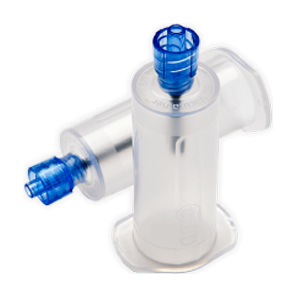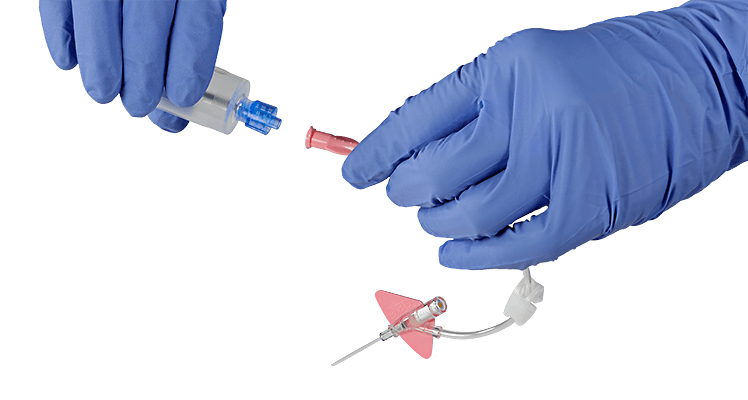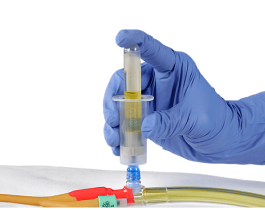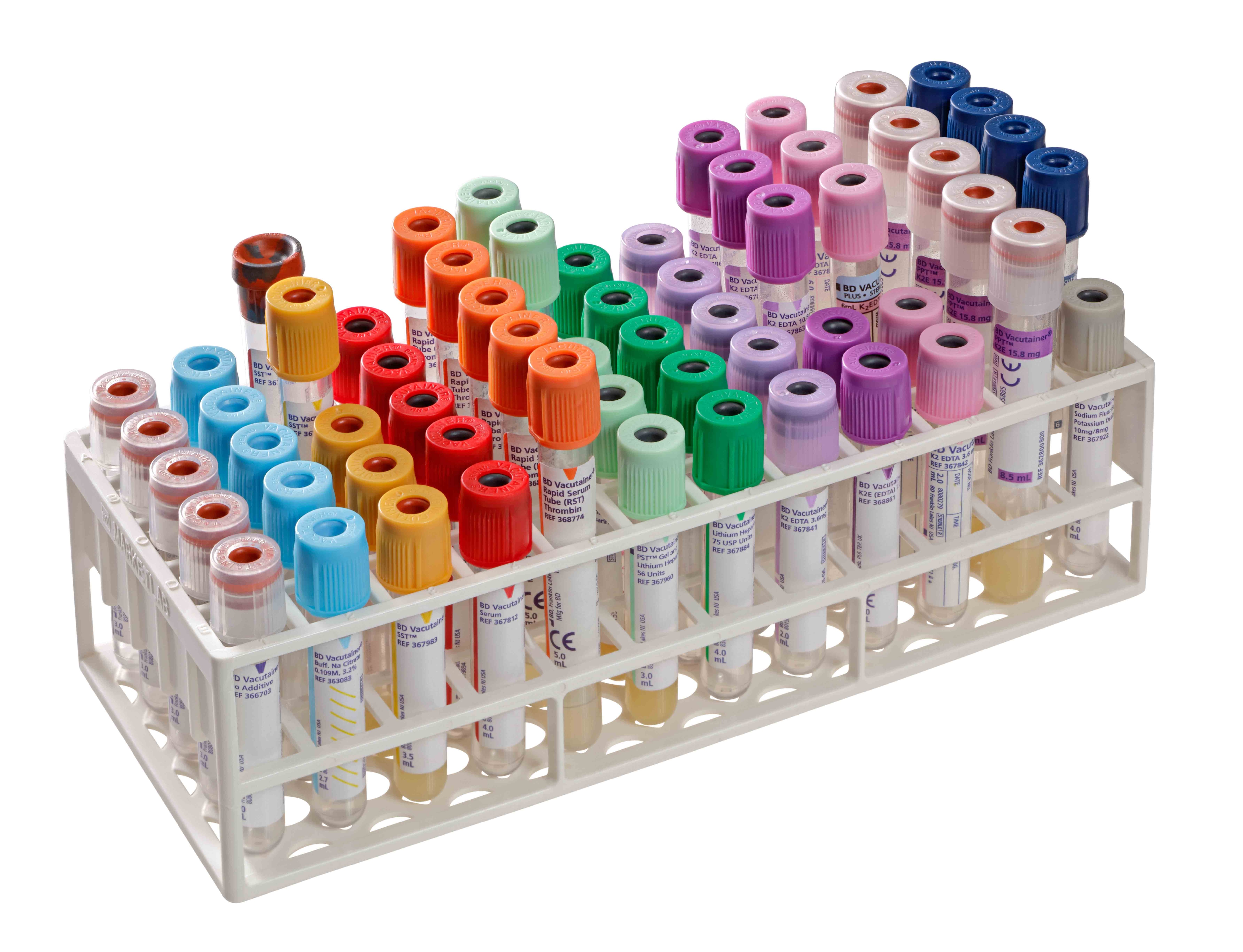The BD Vacutainer® Luer-Lok™ Access Device provides sterile, secure and safe specimen sampling. It offers the security of a threaded, locking luer connection, replacing a luer-slip device. It is compatible with a female luer connection or needleless IV site designed for luer lock access.


- Overview
- Products & Accessories
- EIFU & Resources
Improving blood sample quality from IVC collection
The BD Vacutainer® Luer-Lok™ Access Device (LLAD) can replace other methods such as syringes and luer adapters, and can reduce haemolysis rates from 8.1% to 1.4%. (58 samples out of 716 to 9 samples out of 630)1. Combining the BD LLAD with a sterilised discard tube together with a partial draw tube reduces haemolysis further2.
Improving urine sample collection through Foley catheters
The BD Vacutainer® Luer-Lok™ Access Device enables the transfer of a urine sample directly from a Foley catheter to the Urinalysis/ Microbiology determination tube. This means fewer steps, less sample manipulation and reduced risk of contamination.3
Security of the threaded BD Luer-Lok™ mechanism helps ensure that a closed system is maintained. This allows sample integrity to be maintained and can help prevent microbial overgrowth or false positives.
BD's collection of literature on industry and on our offerings gives you information you can use to continue striving for excellence.
BD offers training resources to help improve your clinical practices as part of our goal of advancing the world of health.
BD supports the healthcare industry with market-leading products and services that aim to improve care while lowering costs.
BD promotes clinical excellence by providing various resources on best practices, clinical innovations and industry trends in healthcare.
Please note, not all products, services or features of products and services may be available in your local area. Please check with your local BD representative.
References
- Kesapli M, Gungor F, Aykal G, Gogebakan A, Akyol C, et al. The Effectiveness of Using Luer-Lok (BD Vacutainer®) In Reducing Hemolysis Rates in Busy Emergency Departments. J NursCare. 2016;5:349. doi:10.4172/2167-1168.1000349
- Heiligers-Duckers C, A.L.R Peters N, J.P van Dijck J, et al. Low volume and discard tubes reduce hemolysis in sample drawn from intravenous catheters. Clinical Biochemistry 46 (2013) 1142-1144
- Wenger JE. Cultivating quality: reducing rates of catheter-associated urinary tract infection. Am J Nurs. 2010 Aug;110(8):40-5.


